About H.R. Giger
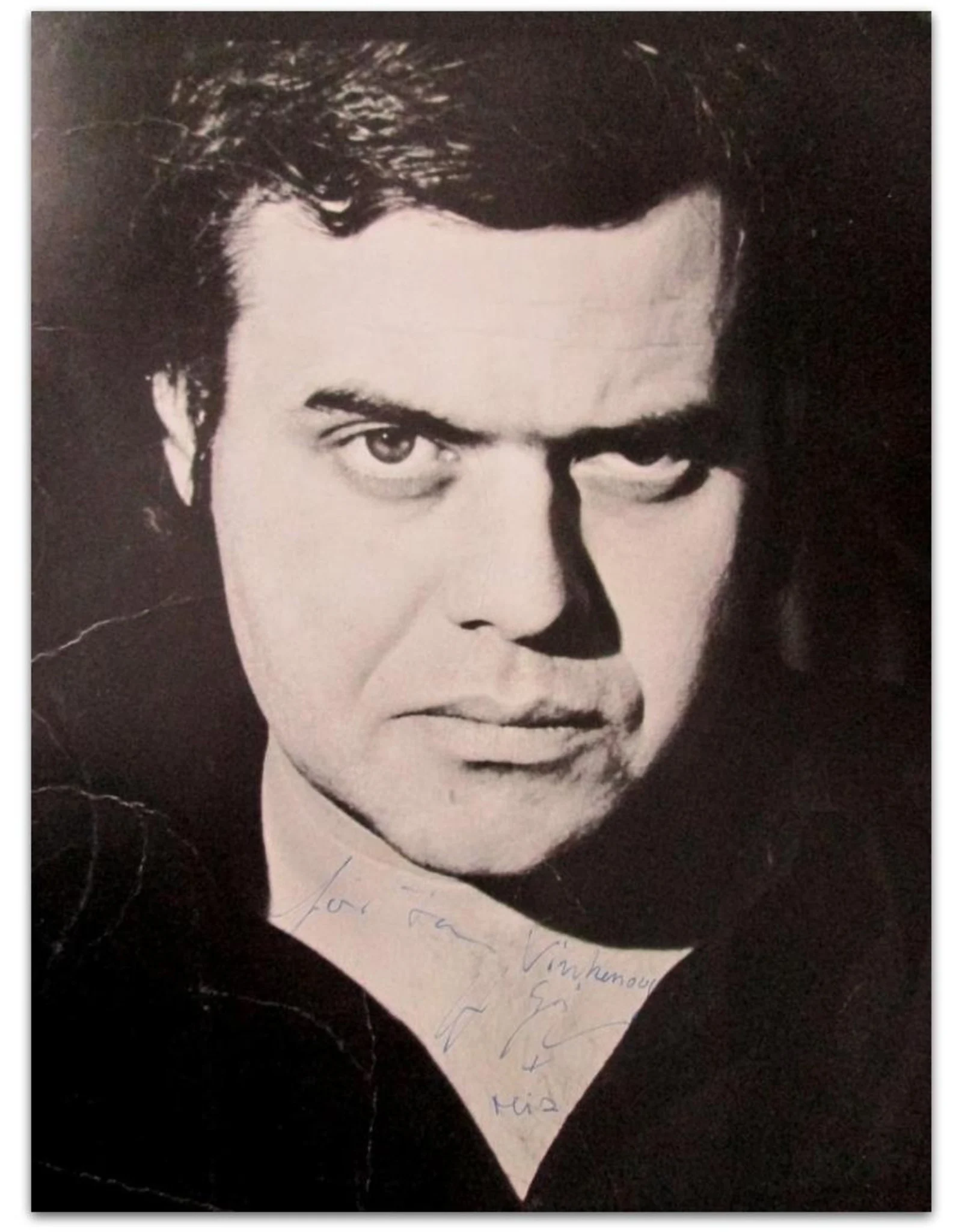
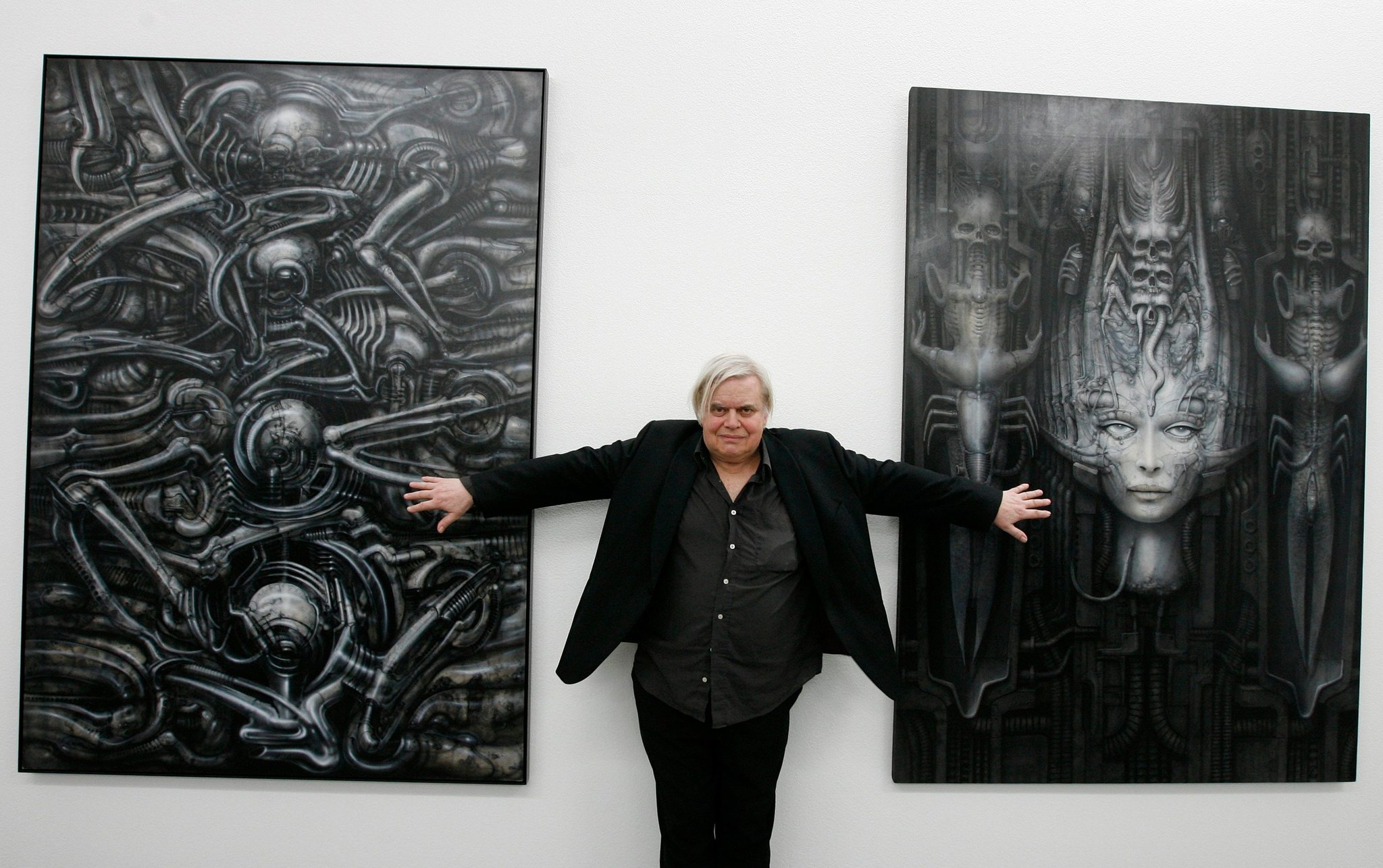
Life and Background
Hans Rudolf Giger, commonly known as H.R. Giger, was born on February 5, 1940, in Chur, Switzerland. He spent most of his childhood surrounded by old houses, castles, and Gothic churches, which influenced his dark artistic style.
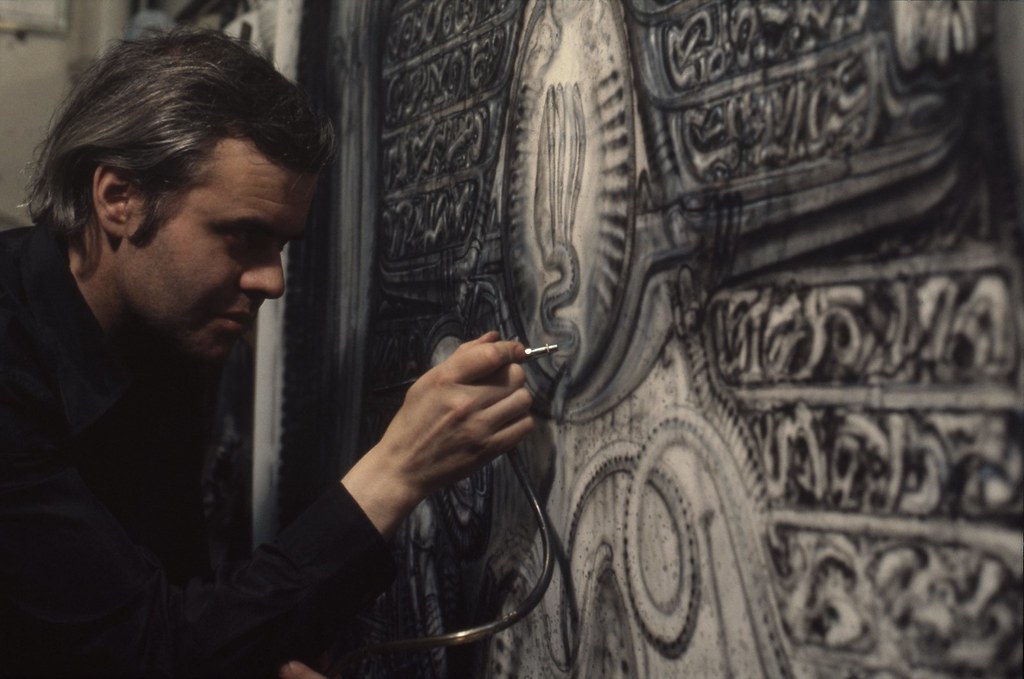
Artistic Style and Work
Giger's iconic biomechanical art style seamlessly merged elements of the organic and the mechanical. He was often inspired by his dreams and nightmares, crafting landscapes and creatures that balanced beauty with terror.
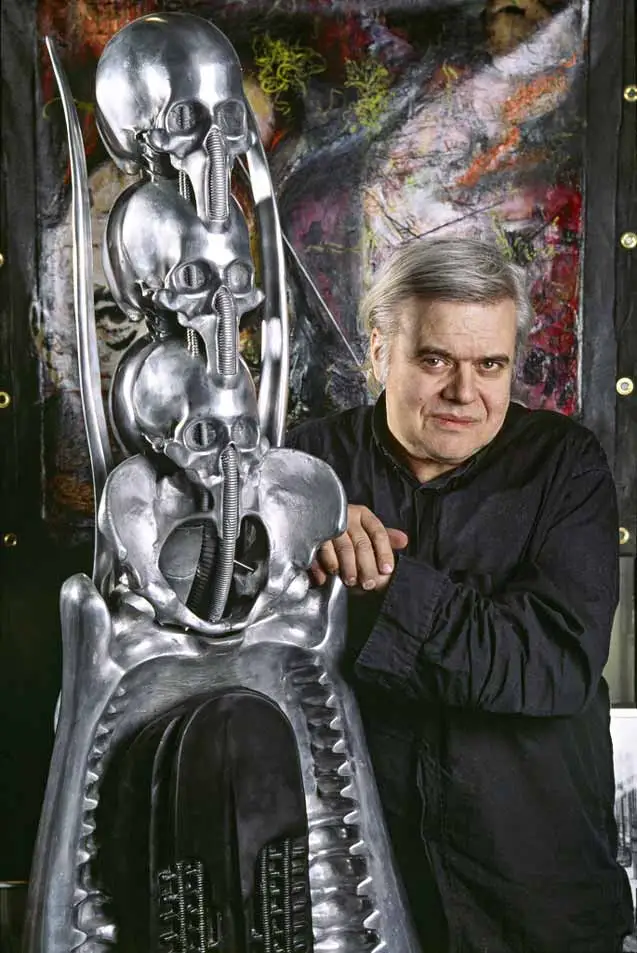
Legacy and Influence
Many contemporary artists cite Giger as an inspiration, and his artwork can be seen influencing the aesthetics of movies, music videos, and video games, transcending the barriers of art and popular culture.

Enduring Legacy
On May 12, 2014, the world lost an unparalleled visionary in H.R. Giger. Yet, his spirit endures through the remarkable body of work he left behind. His contributions continue to inspire, enchant, and challenge generations. The H.R. Giger Museum in Switzerland stands as a beacon of his genius, preserving and sharing his profound legacy with the world.

Exhibitions and Recognitions
Throughout his life, Giger was a part of numerous exhibitions. His masterpieces have been showcased all over the world, from Europe to Asia and America, bringing dark surrealism to the masses.

Collaborations and Other Works
Besides his independent works, Giger collaborated with various artists, musicians, and filmmakers, most notably with Ridley Scott on the movie "Alien". His design for the Alien creature is legendary in the world of cinema.
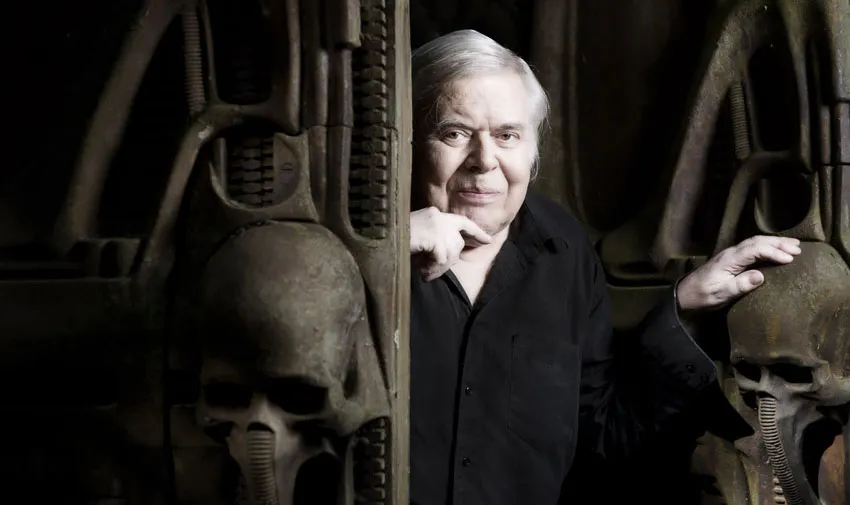
Personal Background and Biomechanics
Having studied Architecture and Industrial Design, Giger had a profound understanding of the mechanics of structures. His "biomechanics" concept, combining biology and mechanics, paved the way for an entire sub-genre in art.